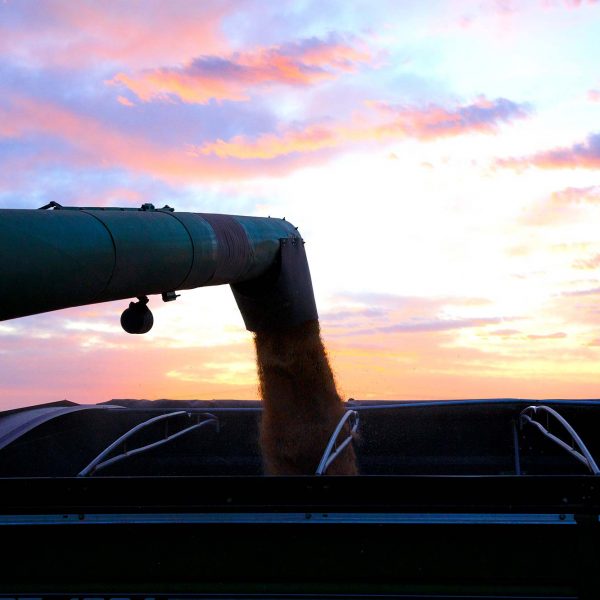
Headworms in Sorghum
Headworms in Sorghum
Brent Bean, Sorghum Checkoff Director of Agronomy
One of the most persistent pests in grain sorghum are headworms. Headworms is a generic term that includes corn earworm, fall armyworm and webworm. Webworms are more of an occasional pest and are smaller than the other two larvae and are covered with hair at maturity. The name webworm is misleading in that they do not form a web like a spider or even a spider mite, but rather will suspend themselves by a silk thread when disturbed. The most common threshold for insecticide application is 5 larva per sorghum head.
 Corn earworm and fall earworm damage reduces yield in U.S. sorghum every year. However, infestation numbers often do not reach an economic threshold in any given field. For this reason, they are often overlooked, and in many cases are not scouted for until the damage has been done, resulting in reduced yield. A good example of this is a few years ago when the sorghum aphid (sugarcane aphid) infestations were at their peak. I would often go out to scout a field for a grower who was concerned about aphids. While in these fields I would also scout for headworms, and to the surprise of the grower, often these fields needed to be treated immediately for headworms! If not for being in the field to scout for aphids, these headworms would have gone undetected resulting in a yield loss for the grower.
Corn earworm and fall earworm damage reduces yield in U.S. sorghum every year. However, infestation numbers often do not reach an economic threshold in any given field. For this reason, they are often overlooked, and in many cases are not scouted for until the damage has been done, resulting in reduced yield. A good example of this is a few years ago when the sorghum aphid (sugarcane aphid) infestations were at their peak. I would often go out to scout a field for a grower who was concerned about aphids. While in these fields I would also scout for headworms, and to the surprise of the grower, often these fields needed to be treated immediately for headworms! If not for being in the field to scout for aphids, these headworms would have gone undetected resulting in a yield loss for the grower.
So just how much yield reduction do headworms cause? Studies have shown that a single headworm will consume 4.65 grams of grain during its lifetime. It doesn’t sound like much – right? Let’s do the math. An average size sorghum head will yield about 45 grams or 0.1 lb of grain. Assuming an infestation level of one worm per head and 50,000 heads per acre, this equals 9.2 bushels – certainly significant!
Headsworms are fortunately easy to detect. Scouting should begin at flowering and continue until the sorghum has reached the soft dough stage. The most common method is to bend the sorghum stalk over and beat the head against the side of a white bucket. On short notice, I will even use my hat. Count larvae or worms that are greater than a 1/2 inch. Worms less than this will not cause much damage and are still very susceptible to predator insects. If one to two worms, at least 1/2 inch or greater in size, per head are found, consider making an insecticide application. To get a more precise economic threshold, university extension sites have excellent formulas that consider the number and size of the worms, the cost of insecticide and value of the crop.
Historically, pyrethroids have been used to control sorghum headworms, however, over the last few years, their effectiveness has been inconsistent. Better choices are Lannate (methomyl), Prevathon/Vantacor/Besiege (RynaXypyr), or Blackhawk/Consero (spinosad), The last two have an advantage in that they will not hurt beneficials, which are not only important for controlling small headworms but also for controlling the sorghum aphid.
Another option, which is more of a preventive, is to use a biological control product that is a virus called Heligen and sold by UPL. Heligen is very specific and will only control the corn earworm. See your UPL representative for more information on Heligen. Another product called Fawligen can be used for fall armyworm. Fall armyworm can be identified by the inverted Y on its head. These products should be used early at the first sign of small worms. The virus will then spread and persist in the field giving season long control.




